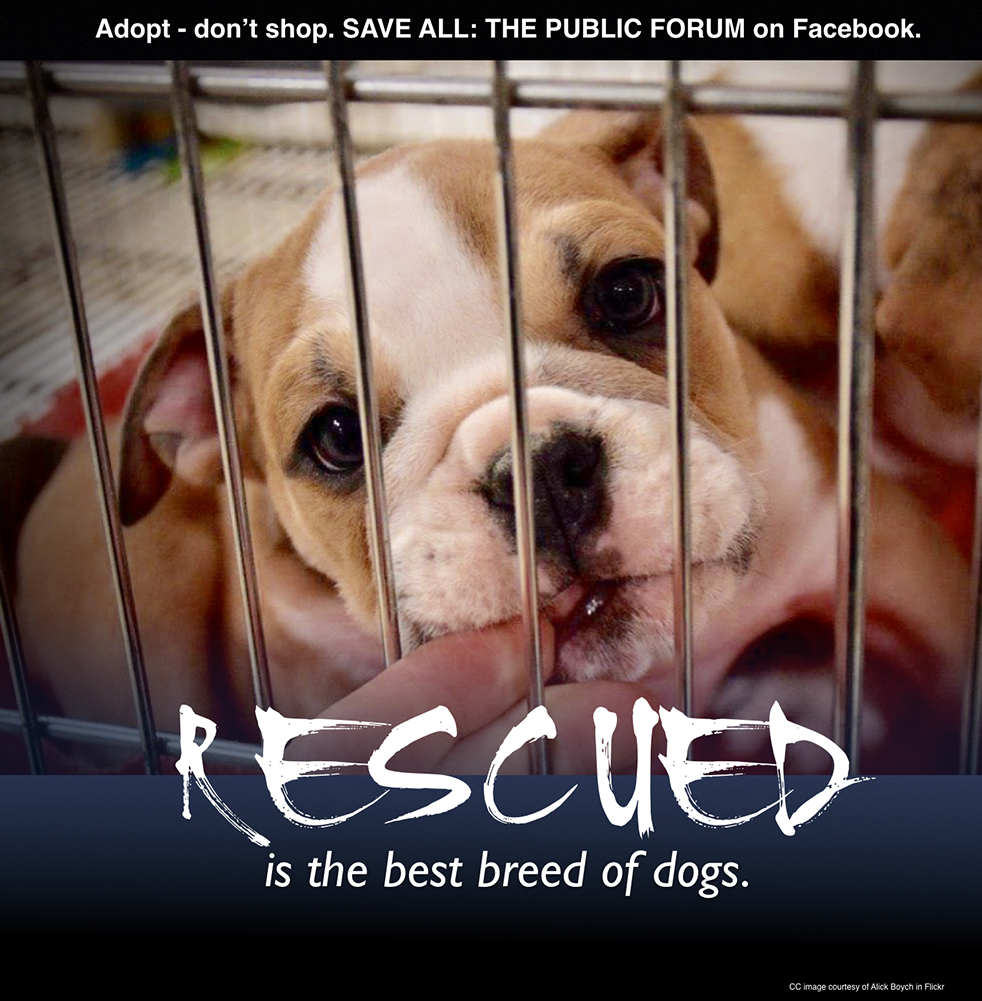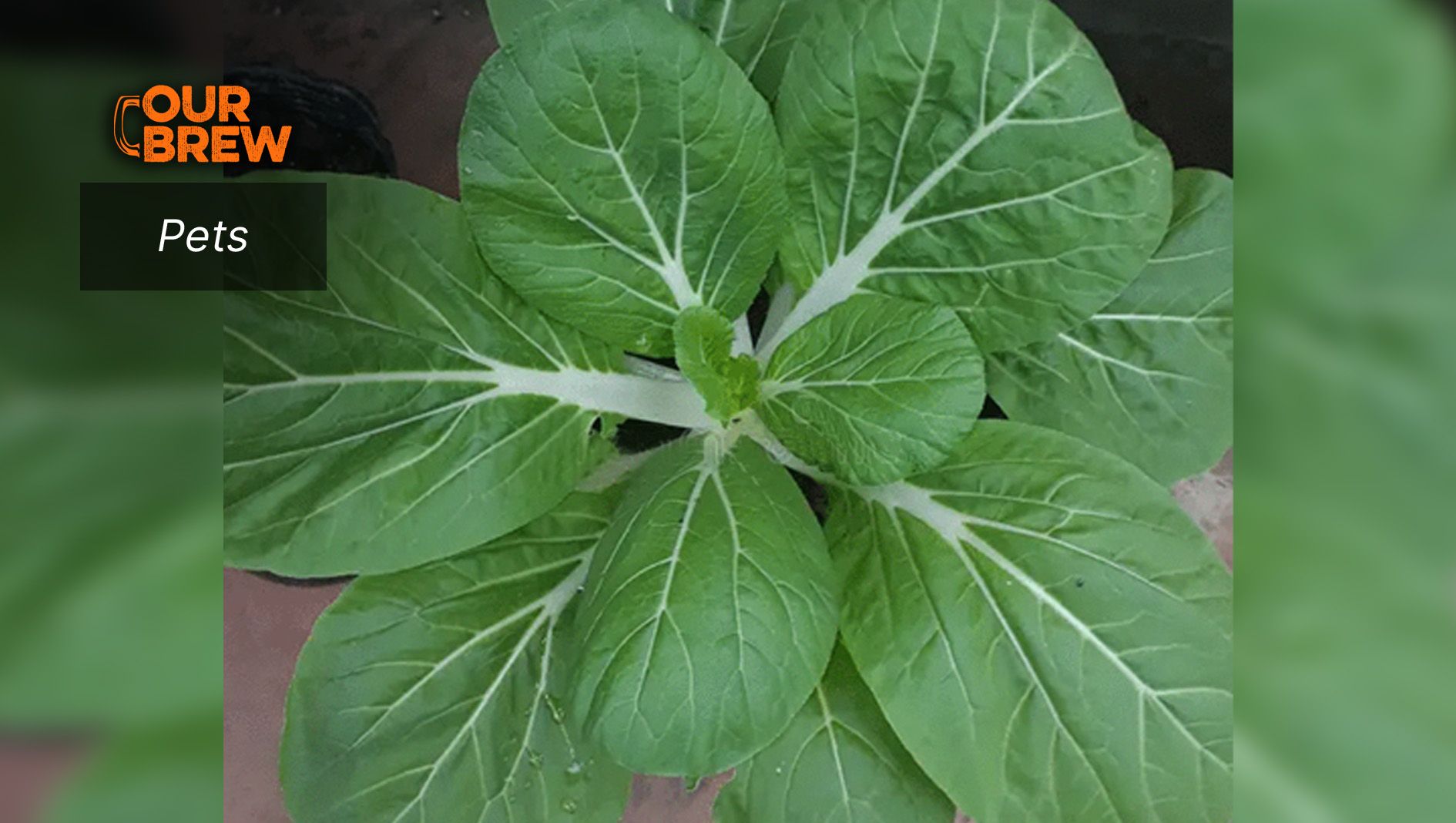by Niko Gabriel Salgado
Pechay or petsay, most commonly known as Chinese cabbage in English or “bok-choy,” are dark green leafy vegetables with broad white stems. Its use was popularized during 15th century China by herbalists for medicinal purposes. At present, it is widely used in Asian cuisine.
This vegetable belongs to the cruciferous vegetable family, along with broccoli, cabbage, and kale. It contains essential nutrients like vitamin A, vitamin C, vitamin K, and fiber.
It has a slight sweet taste and a crunchy texture.
If humans can eat pechay, is it also safe for dogs to eat?

Short answer is yes! However, it’s crucial to consider a few factors before giving pechay to your dog.
Just like everything else, you must practice moderation while feeding this vegetable to your dog, says Nadine Oraby in “Can Dogs Eat Bok Choy? Is It safe?” in the Fluffy Planet site.
While pechay can be a nutritious vegetable for humans, it is important to exercise caution when introducing new food to your dog’s diet. While some vegetables can be beneficial for dogs, not all of them are safe or suitable for their consumption. Let us take a closer look at pechay and its potential impact on dogs.
Benefits of Pechay
If pechay is introduced into a dog’s diet properly and in moderation, it can provide numerous beneficial effects on their health. Instead of their regular treats, pechay can be given occasionally to dogs.
According to Oraby, here are the benefits of pechay:
1. Rich in vitamin C:
In strengthening your dog’s immune system and making them more resistant to diseases, Oraby said Vitamin C is particularly helpful.
Pechay is a great source of Vitamin C. For instance, 100 grams of pechay provides 79 per cent of the daily recommended intake of vitamin C for humans. Vitamin C plays a significant role in strengthening a dog’s immune system and enhancing disease resistance. However, dogs typically obtain enough vitamin C from their regular food, so it is important to be cautious about overfeeding.
2. Abundant in fiber:
Pechay is a good source of fiber, with approximately 1 gram per 100 grams. This can be helpful for dogs experiencing constipation or irregular bowel movements.
Due to fiber, your dog will pass stools easily, but practice moderation as too much can lead to runny stools and diarrhea, Oraby noted.
3. Contains antioxidants:
Pechay contains antioxidants such as lutein and zeaxanthin, which can contribute to improved eyesight.
4. High in vitamin A
Just 100 grams of pechay contains 89 per cent of the recommended daily intake of vitamin A for humans. Vitamin A is essential for maintaining and developing dogs’ eyesight, particularly for puppies and aging dogs.
“But be careful as it’s easiest to overdose your dog on Vitamin A due to its high percentage,” Oraby stressed.
5. Essential minerals:
Magnesium, vitamin K, and phosphorus found in pechay are vital for your dog’s health.
For the healthy development of your dog’s bones and skeleton, Oraby said these minerals are necessary for healthy development.
Vitamin K is essential for absorbing calcium, which promotes healthy bones, she added.
6. Supports a healthy heart:
Nutrients like folate and vitamin B6 in pechay help strengthen and maintain proper heart function in dogs.
Guideline on feeding your dog pechay
When it comes to leafy greens like pechay, you have the option to feed them to your dog either cooked or raw. Alternatively, you can even consider pureeing the pechay to make it easier for your dog to consume.
If you choose to cook the pechay for your dog, boiling or blanching are suitable methods. Ensure that the cooked pechay is oil-free and unseasoned, as these can upset their stomach. Keeping it plain is the best approach.
Here are the suggested steps on feeding your dog pechay:
1. Clean and wash vegetables: Before feeding pechay or any other vegetable or fruit to your dog, make sure they are thoroughly washed to remove dirt and chemicals.
If you can, purchase organic fruits and vegetables. These contain even lesser chemicals, pesticides, or any other bacteria, Oraby said.
2. Cut into small pieces: Cut the green leaves into very small pieces that your dog can swallow without chewing. Dogs typically lack the teeth necessary to tear leaves, and feeding them uncut leaves could pose a choking hazard. Unless your dog enjoys crunching, you can opt not to give the white stem as it has minimal nutritional benefits.
3. Test with a small amount: There’s always a risk that your dog might not react properly to a new food. Which is why you must first test to be sure, Oraby noted.
When introducing a new food to your dog’s diet, start with a small quantity as a precautionary measure and observe for any adverse reactions such as diarrhea or runny stools. If any unusual symptoms occur, discontinue feeding pechay immediately. Puppies may require an even smaller amount due to their lower ability to digest high-fiber foods.
4. Practice moderation: “Pechay is nutrient-dense, it can pack a lot of vitamins which can fulfill the daily requirements of a grown adult,” Oraby stressed.
It’s important to feed it to your dog in moderation to prevent overdose or any other potential issues. It is crucial to carefully control the amount of pechay you feed your dog.
5. Opt for greener leaves: As with all vegetables, choose pechay with vibrant green leaves as they contain the highest nutritional value.
Following these steps will help when introducing pechay into your dog’s diet.
Conclusion
“To summarize, pechay is quite safe for dogs, and there’s nothing to worry about if your dog secretly ingests one,” Oraby said.
However, if you choose to include pechay in your dog’s diet, it is important to take necessary precautions and follow the recommended guidelines. Remember to be mindful of other vegetables and fruits that can be harmful to dogs, keeping them out of your pet’s reach to ensure their safety.
As always, it’s also important to consider your dog’s individual dietary requirements and any potential health conditions before introducing new foods. Consulting with your veterinarian is the best way to ensure that your dog’s diet is safe and appropriate for their overall well-being.
About the Author: Niko Gabriel Salgado is a graduate of Consular and Diplomatic Affairs and worked at the House of Representatives. He is an entrepreneur and a volunteer for Save Animals of Love and Light – Save ALL.
This article also appears in the Manila Standard

If you liked what you just read and want more of Our Brew, subscribe to get notified. Just enter your email below.


Related Posts
Understanding Pets With Special Needs
Mar 03, 2025
Can Cats Eat Basil Leaves?
Feb 20, 2025
The Right Way to Pick Up, Hold, and Carry Your Dog
Feb 17, 2025